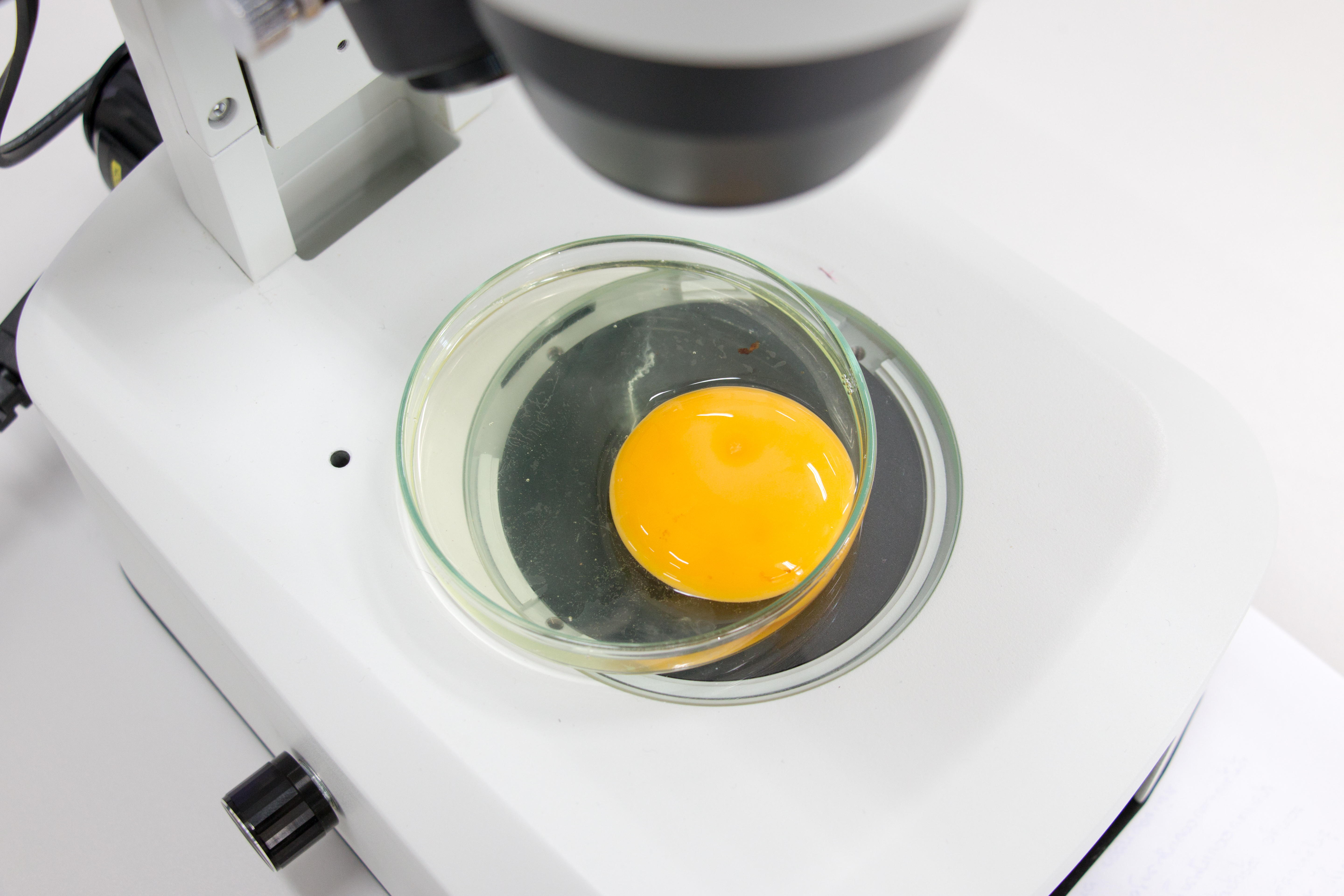



Studying SARS-CoV-2 spread in poultry and domestic animals
The novel coronavirus SARS-CoV-2 has dominated news cycles for months, and with good reason. This virus has shown itself to be both highly contagious and very deadly, leading to large-scale public health measures to keep healthcare systems from becoming overwhelmed.Many new human pathogens, including SARS-CoV-2, are known to originate in other species before entering human hosts, and so one frequently arising question about SARS-CoV-2 is whether the virus can infect non-human animals and, if so, what we should think or do about it. There have been a handful of reports on SARS-CoV-2 infection in domestic and zoo animals, so this question is not idle speculation. A recent report in Science sheds some light on how SARS-CoV-2 may affect non-human animals and provides a path for future research to benefit humans and animals alike.
In the study, Shi et al. tested the effects of SARS-CoV-2 on ferrets, cats, dogs, pigs, chickens, and ducks. The researchers’ objectives included gathering data on possible courses of infection in these animals as well as testing the possibility that they could transmit the virus to others of their species. These species were important to test because of their coexistence with humans in large numbers, whether as pets or farm animals. Knowing whether SARS-CoV-2 represents a danger to these animals may assist with plans regarding pets and our global food supply, could provide advance warning to veterinarians, and may indicate whether these animals might serve as viral reservoirs preventing the disease’s eradication in humans. Additionally, ferrets are a common animal model for studying respiratory infections in humans and so determining whether they can serve in that role for this novel coronavirus is important for SARS-CoV-2 vaccine research.
After inoculating members of each species with the virus, Shi et al. extracted viral RNA from various tissues and performed qPCR using an Applied Biosystems QuantStudio 5 Real-Time PCR System. By testing multiple tissues at various time points, they verified the spread of the virus through their bodies over time, an important marker for the extent of the infection and immune response to it.

The six species studies showed several different responses. Pigs, chickens, and ducks showed no susceptibility to SARS-CoV-2 infection, with the virus unable to establish itself in their bodies and remaining undetected thereafter. Dogs showed low susceptibility, with lower viral loads and evidence that the infection rapidly succumbed to their immune systems, leaving behind only non-infectious RNA fragments. Cats showed infection across multiple tissues, worsening as the experiment continued, as well as the ability to infect one another with respiratory droplets. Ferrets, similarly, showed viral spread within tissues near the intranasal inoculation site, but not in the lungs or other tissues. Some ferrets developed signs of an overactive, potentially injurious immune response, suggesting that the virus can replicate in their upper respiratory tracts but not other parts of their bodies, and that the virus can overstimulate their immune systems much as it does in humans.
This study shows that cats, dogs, and ferrets can at least temporarily sustain SARS-CoV-2 infection, that ferrets may be useful experimental models for SARS-CoV-2 research, and that SARS-CoV-2 may represent a potential danger to household pets as well as to humans.
It’s important to note what the study does not show as well as what it does. As discussed in a recent Nature article, Shi et al. did not test whether cats could transmit SARS-CoV-2 to humans, or whether humans could transmit SARS-CoV-2 to cats. Although the virus originated with non-human animals, it is not yet clear that the non-human animals most popular as pets worldwide can serve as a viral reservoir that keeps the contagion active well into the future. Until more is known about this specific issue, the US Centers for Disease Control and Prevention (CDC) has provided some recommendations about SARS-CoV-2 and pets.
The knowledge gained from this study has one more potential benefit. Given that ferrets avoided lower respiratory infection from SARS-CoV-2, it is possible that their cell-surface proteins in this part of their bodies are different from those in more susceptible species. Other studies show that SARS-CoV-2 uses angiotensin-converting enzyme 2 (ACE-2) as its entry point, making differences between the ACE-2 genes and proteins of ferrets and more susceptible species an important avenue for future research. In the meantime, ferrets are revealed as ideal research subjects for antiviral drugs and vaccines aimed at SARS-CoV-2, and several labs have already begun research using ferrets.









